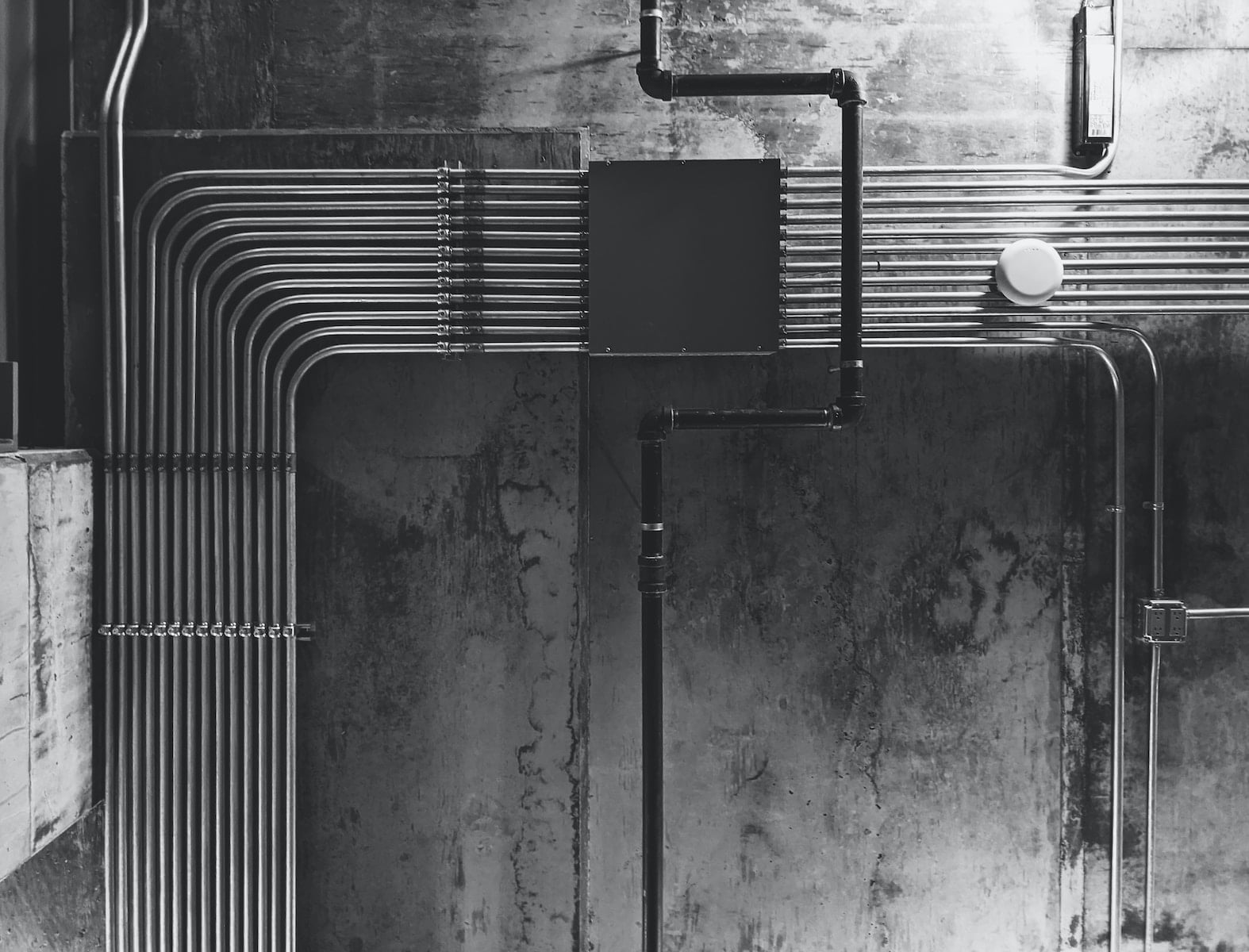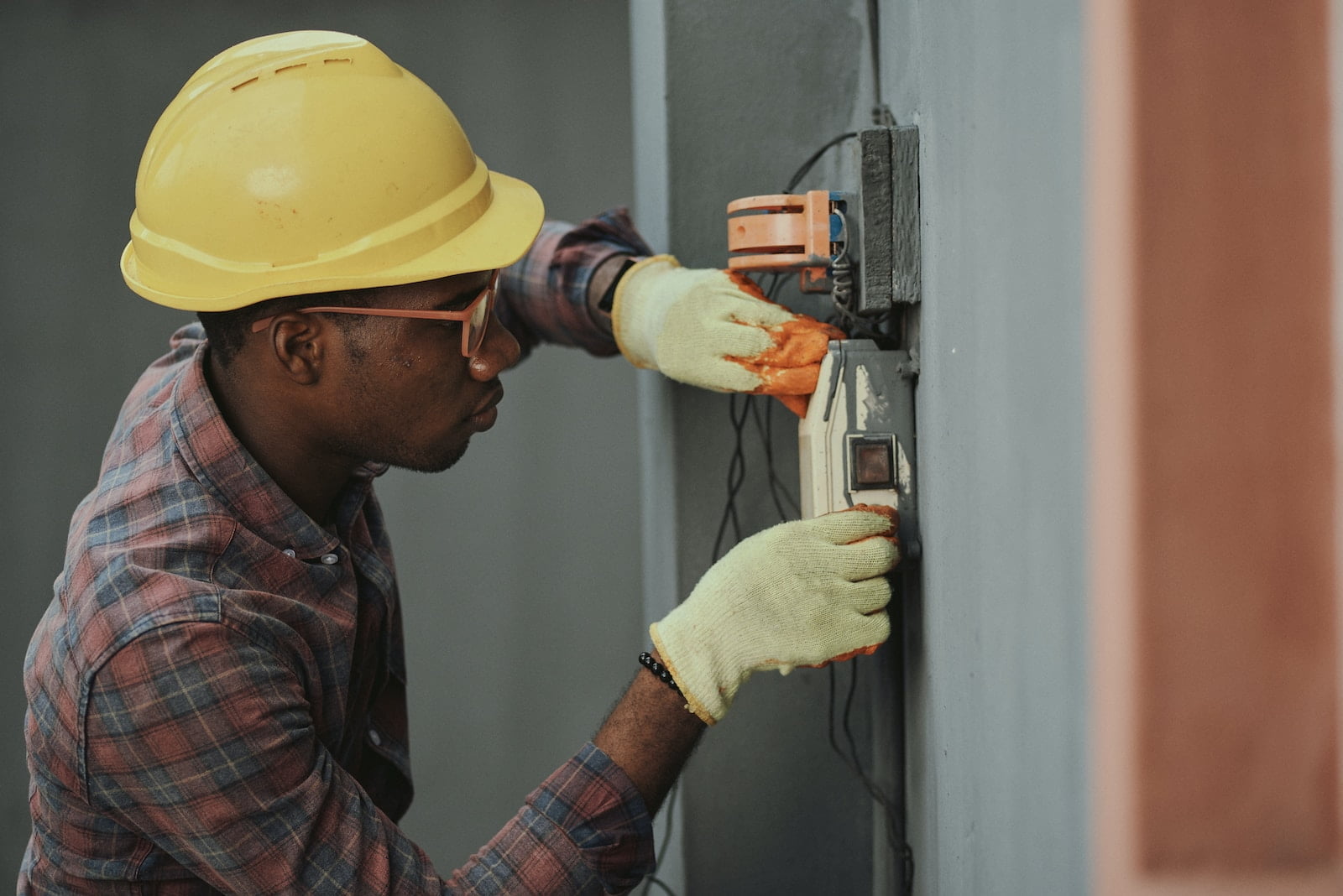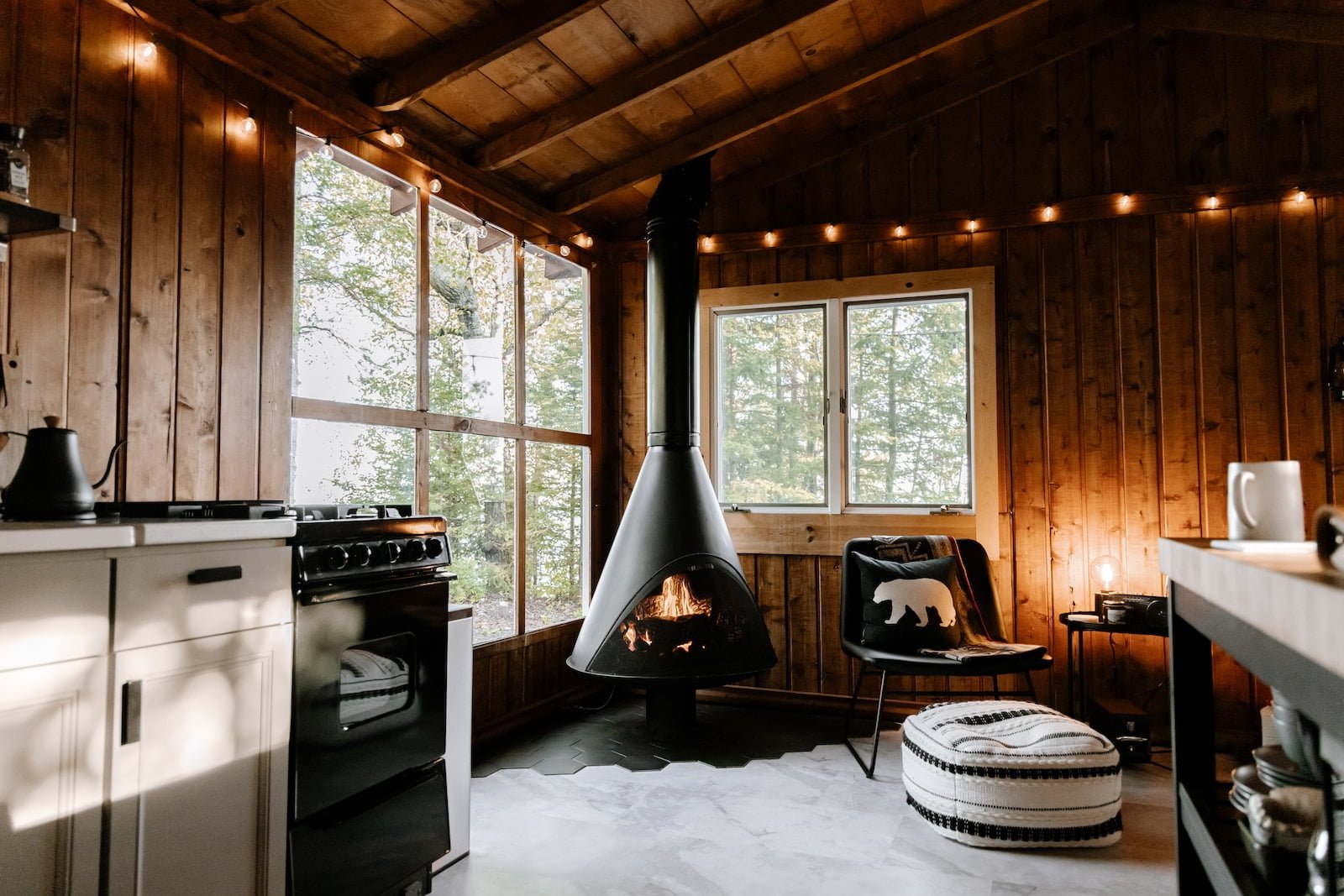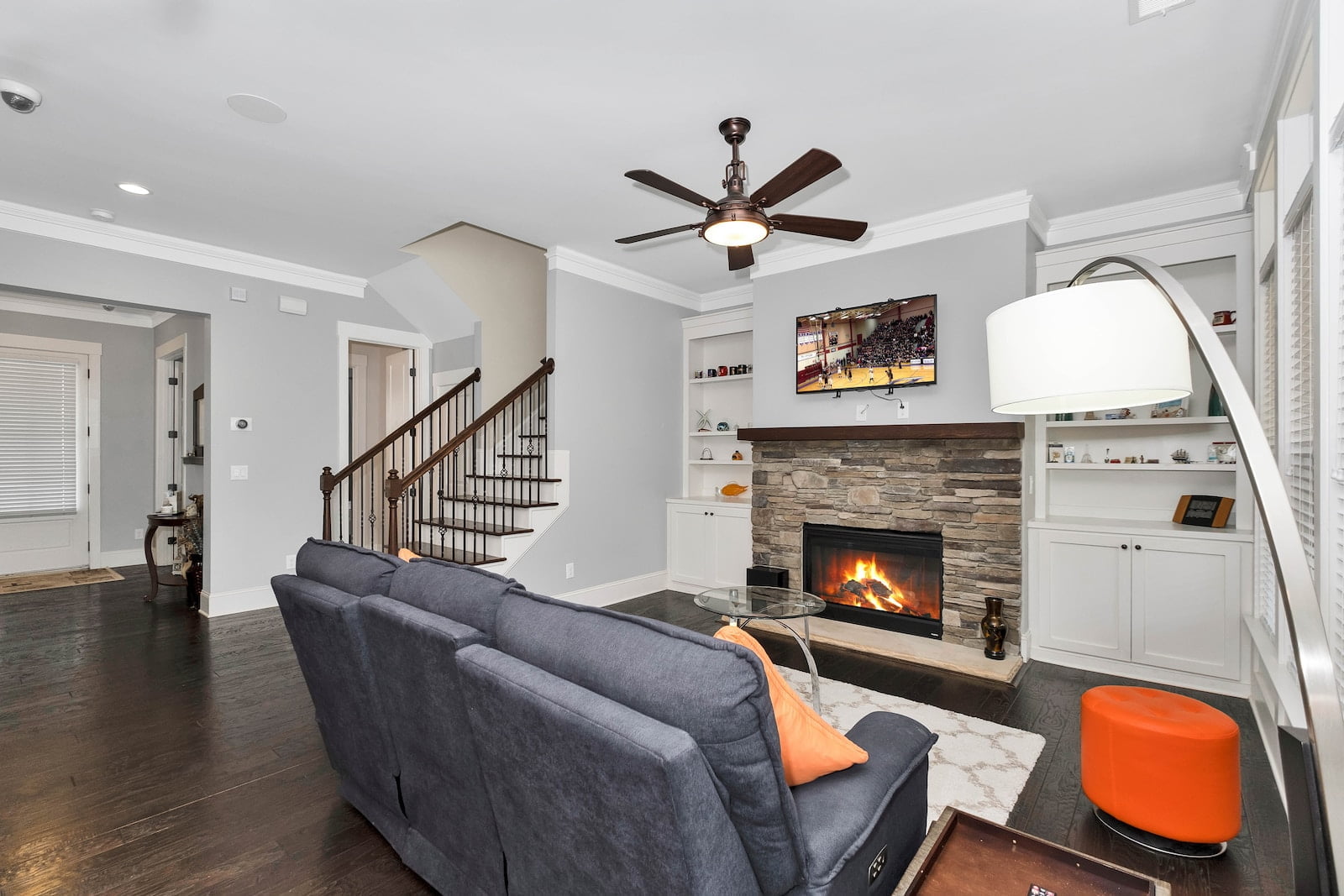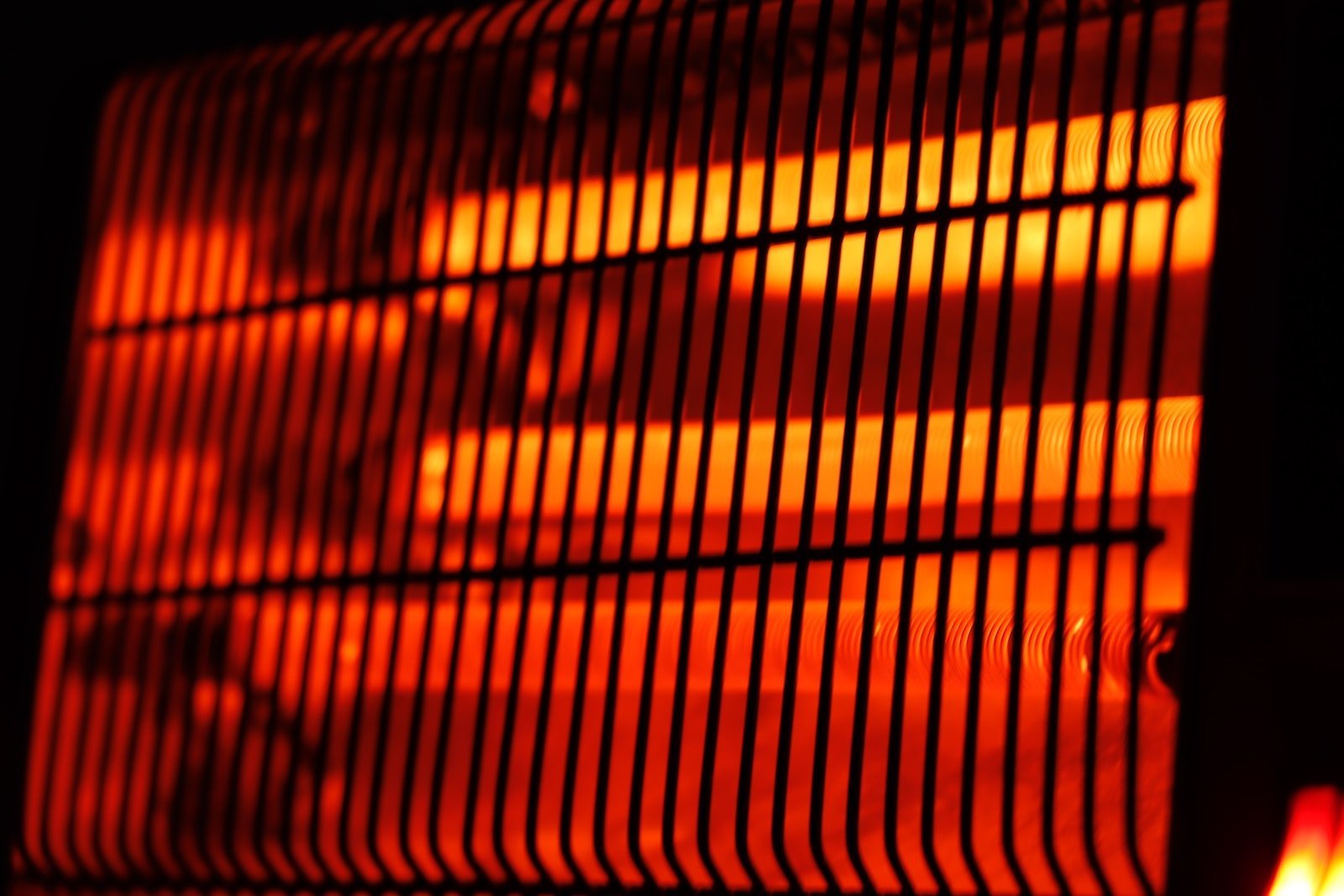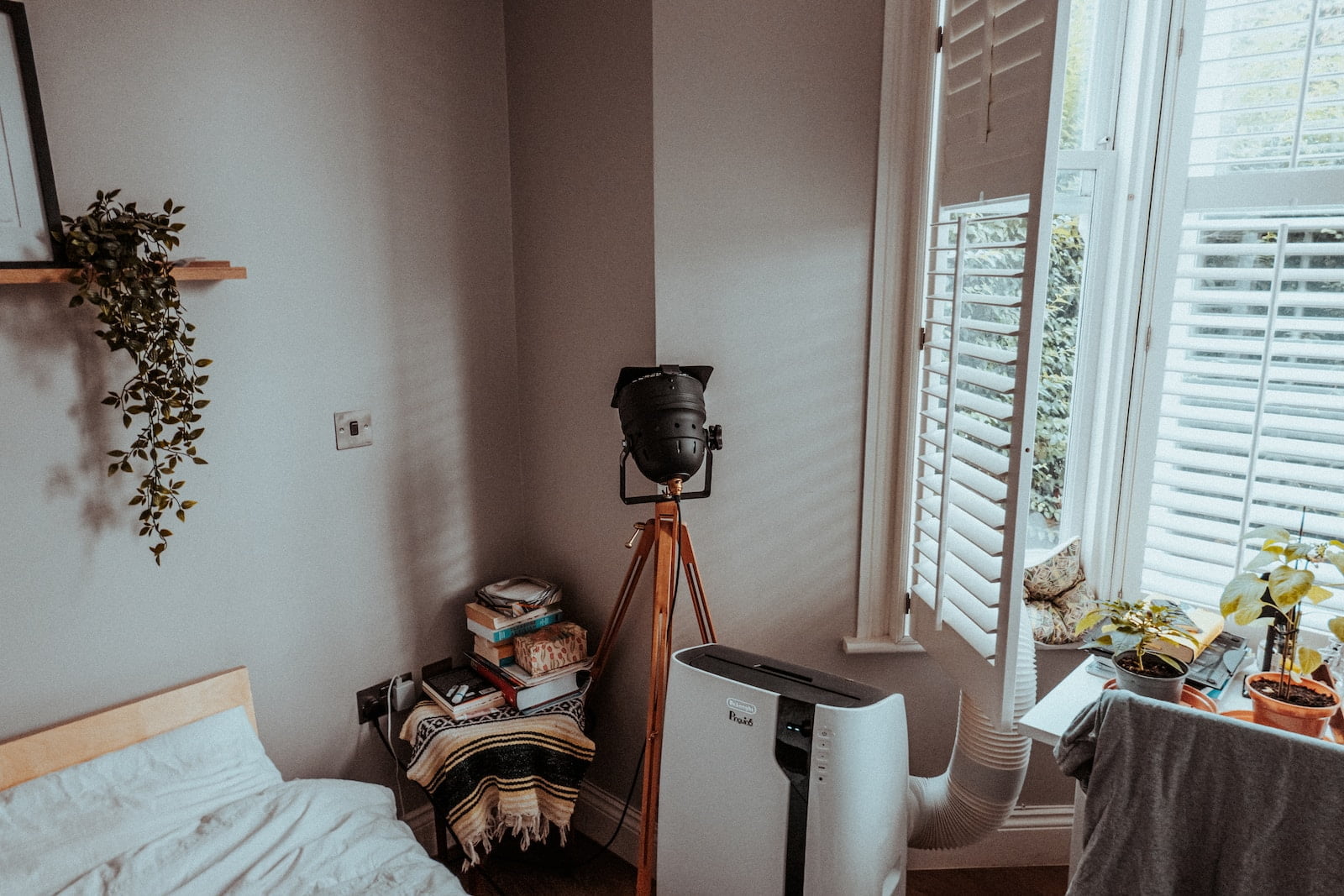Understanding HVAC Systems: How They Work
Heating, ventilation, and air conditioning (HVAC) systems are an essential component of modern buildings. HVAC systems are designed to provide a comfortable indoor environment by regulating temperature, humidity, and air quality. These systems are used in residential, commercial, and industrial buildings to maintain a comfortable and healthy environment for occupants. The purpose of this article is to provide an introduction to HVAC systems, including their definition, purpose, and components. In this article, we will explore the basics of HVAC systems, their importance, and how they work. So, let’s dive in and learn more about HVAC systems.
Understanding the Role of Each Part in HVAC Systems
Another important component of an HVAC system is the ductwork. This is the system of ducts that transport air throughout the building. Ducts are typically made of sheet metal, fiberglass, or flexible plastic, and can be round, rectangular, or square in shape. The main function of ductwork is to distribute air from the HVAC unit to different parts of the building. Ducts must be properly sized and installed to ensure that air flows efficiently and effectively throughout the building. In addition to ductwork, HVAC systems also include air filters, which remove contaminants from the air before it is distributed throughout the building. Filters can be made of various materials, including fiberglass, polyester, and electrostatic materials. They must be regularly cleaned or replaced to ensure that they function properly and maintain good indoor air quality.
Other important components of HVAC systems include thermostats, which regulate the temperature of the building, and humidifiers and dehumidifiers, which control the humidity levels. Thermostats can be either manual or programmable, and can be set to maintain a specific temperature throughout the day. Humidifiers and dehumidifiers are important for maintaining a comfortable indoor environment, and can also help prevent damage to furniture and other items in the building. Overall, each component of an HVAC system plays an important role in maintaining a comfortable and healthy indoor environment, and it is important to understand how each part works in order to ensure that the system functions properly.
How HVAC Systems Work: The Science Behind Heating, Ventilation, and Air Conditioning
One of the main components of an HVAC system is the thermostat. It is responsible for controlling the temperature in your home or office. The thermostat is set to a desired temperature, and when the temperature drops below the set point, the heating system turns on. Conversely, when the temperature rises above the set point, the air conditioning system kicks in. The thermostat is equipped with sensors that detect temperature changes and communicate with the HVAC system to regulate the temperature accordingly.
The heating component of the HVAC system typically consists of a furnace, boiler, or heat pump. These devices use various fuel sources, such as natural gas, propane, or electricity, to generate heat. The heat is then distributed throughout the building via a system of ducts, vents, and registers. The ventilation component of the HVAC system is responsible for exchanging indoor air with fresh outdoor air. This is accomplished through the use of air ducts and vents that circulate air throughout the building.
The air conditioning component of the HVAC system uses a refrigerant to cool the air. The refrigerant is compressed and circulated through a system of coils, which absorb heat from the indoor air and transfer it outside. The cooled air is then circulated back into the building through ducts and vents. The HVAC system also includes filters that remove dust, allergens, and other particles from the air, improving indoor air quality.
In conclusion, HVAC systems are complex systems that rely on a variety of components to provide heating, ventilation, and air conditioning. Understanding how these components work together can help you maintain a comfortable and healthy indoor environment. Regular maintenance and servicing of your HVAC system can also help ensure its longevity and efficiency.
Types of HVAC Systems: Pros and Cons of Different Models
Another type of HVAC system is the ductless mini-split system. This system is ideal for homes without ductwork or for room additions. It consists of an outdoor unit and one or more indoor units that are mounted on the wall. The indoor units are connected to the outdoor unit by a conduit that houses the refrigerant line, power cable, and drain line. One of the main advantages of this system is that it allows for zoning, which means that you can control the temperature of each room independently. This can result in energy savings and increased comfort. Another advantage is that it is easy to install and does not require ductwork. However, the initial cost of the system can be higher than other types of HVAC systems, and it may not be as effective in extreme temperatures.
Geothermal HVAC systems are another option. These systems use the earth’s constant temperature to heat and cool your home. They work by circulating water through pipes buried in the ground, which absorb heat from the earth in the winter and release heat into the earth in the summer. Geothermal systems are highly efficient and can save you money on your energy bills. They are also environmentally friendly, as they do not emit greenhouse gases. However, the initial cost of installation can be high, and the system may require more space than other types of HVAC systems. Additionally, not all homes are suitable for geothermal systems, as they require specific soil and rock conditions.
Ultimately, the best HVAC system for your home will depend on your specific needs and budget. It is important to consider the pros and cons of each type of system and consult with a professional HVAC technician to determine which system will work best for you.
Maintenance and Repair of HVAC Systems: Best Practices for Longevity and Efficiency
Regular maintenance and repair of your HVAC system is crucial to ensure its longevity and efficiency. One of the best practices for maintaining your system is to change the air filters regularly. Dirty filters can restrict airflow, making your system work harder and reducing its efficiency. It is recommended to change the filters every 1-3 months, depending on the type of filter and how often you use your system.
Another important practice is to schedule annual maintenance with a licensed HVAC technician. They can perform a thorough inspection, cleaning, and tune-up of your system, identifying any potential issues before they become major problems. This can save you money in the long run by preventing costly repairs or premature replacement of your system.
If you do encounter a problem with your HVAC system, it is important to address it promptly. Ignoring a problem can lead to further damage and potentially dangerous situations, such as gas leaks or electrical fires. Always hire a licensed professional for any repairs or installations, as they have the knowledge and expertise to ensure your system is operating safely and efficiently.
By following these best practices for maintenance and repair of your HVAC system, you can extend its lifespan, improve its efficiency, and save money on energy bills and repairs. Don’t wait until a problem arises to take action – start implementing these practices today to keep your system running smoothly.
